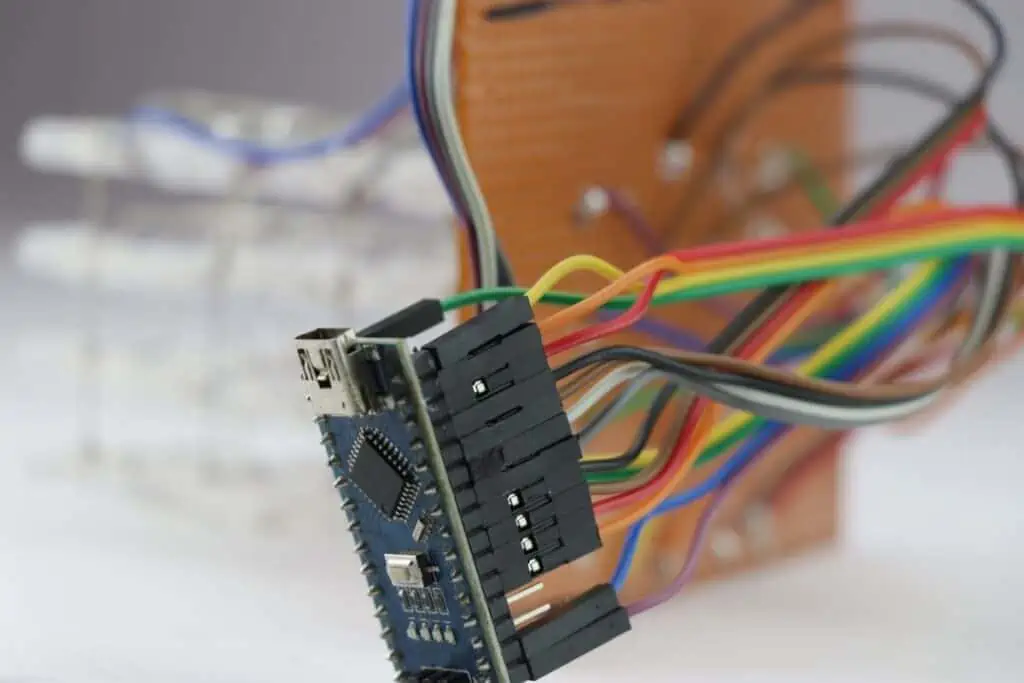In Microchip’s definition, the microcontroller provides control functions. But peripherals – analog, memory, and connectivity – that surround it is what differentiate it and define specifications.

Microcontroller board connects to an electronic project (Source: iStock)
What’s at stake:
MCUs are fundamentally different from microprocessors – in product longevity, legacy process nodes and a host of permutations they are expected to offer. But MCU diversity comes with costs. The question is not only how long Microchip can keep up with what it’s doing, but also how it can do better.
The core of Microchip’s business is MCUs, more accurately described as “embedded control,” noted Steve Drehobl, Microchip senior vice president.
Microchip has the full gamut of microcontrollers, ranging from 8- and 16-bit with digital signal controller to 32-bit MCUs and FPGA. But its emphasis is really not so much about the core, Drehobl noted. “It’s all about the peripherals.”
